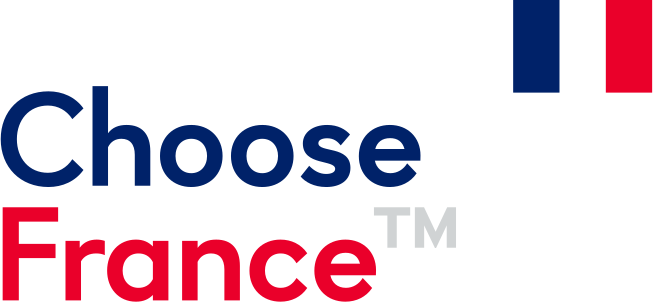En plus d’avoir coordonnée l’étude clinique sur un nouveau traitement contre une forme de cancer du sein très agressive, la fondation française a vu l’une de ses chercheuses les plus renommées, Irène Buvat, primée par le Ruban Rose Avenir 2021.
Annoncé par le ministre français de la Santé, Olivier Véran, une nouvelle thérapie, le Trodelvy, sera disponible à partir du 1er novembre 2021 pour les femmes atteintes de cancer du sein triple négatif. L’efficacité du Trodelvy en terme de non progression de la maladie et de survie globale avait été rapportée dans le cadre de l’étude clinique internationale de phase 3 ASCENT, coordonnée en France par l’Institut Curie.
L’investigatrice principale de l’étude, l’oncologue Delphine Loirat, estime qu’“avec un doublement de la survie globale, c’est le résultat le plus positif et le plus encourageant depuis de nombreuses années pour les femmes atteintes de cancer du sein triple négatif.”
Associer imagerie médicale moléculaire et algorithmes
L’Institut Curie et ses équipes travaillent dès en amont sur la détection des cancers du sein et de leurs métastases. Les recherches et travaux d’Irène Buvat, Directrice du Laboratoire d’Imagerie Translationnelle en Oncologie, viennent d’ailleurs d’être distingués par le “Ruban Rose Avenir 2021” prize 2021. Physicienne de formation, Irène Buvat a rapidement orienté son travail vers les applications de la physique nucléaire à l’imagerie médicale moléculaire. Ce prix lui a été remis pour avoir développé une nouvelle imagerie par TEP (tomographie par émission de positrons, ou PET scan) et des algorithmes capables de repérer et de cartographier quantitativement des molécules associées aux cancers du sein et à leurs métastases. Un essai clinique est prévu en 2022.
“Un examen du corps entier par TEP produit plusieurs centaines d’images complexes ! Les médecins nucléaires peuvent en faire une lecture qualitative et l’interpréter en termes de diagnostic au moyen de mesures très simples, mais seul un ordinateur peut extraire toute la richesse des informations quantitatives contenues dans les images”, Irène Buvat, Directrice du Laboratoire d’Imagerie Translationnelle en Oncologie
Un nouveau traceur associant une molécule capable de se fixer sur les protéines des tumeurs (FAP) à un élément radioactif, va permettre de détecter et de localiser, de façon non invasive, leur présence dans tout l’organisme à partir d’un examen d’imagerie par TEP. Les algorithmes mis au point identifient les foyers dans lesquels la molécule s’accumule, mesurent leur volume total, leur dissémination dans l’organisme et leur agressivité.
Ce nouveau marqueur de FAP pourrait être couplé à un autre élément radioactif capable de détruire les cellules tumorales. “Cette autre combinaison pourrait, elle, irradier la tumeur de l’intérieur de manière très ciblée”, précise l’Institut Curie. A terme, cette innovation pourrait également être appliquée à d’autres cancers.





